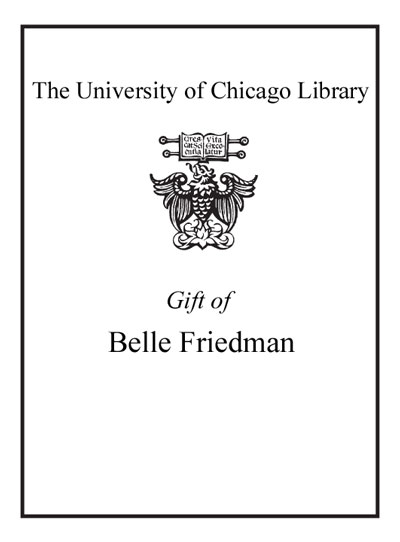Review by Choice Review
Ungerer's goal is to present students, scholars, and the general public with a comprehensive account of the development of European monetary integration since 1945. His effort is unusually successful. Indeed, he also provides additional background information that will be helpful to general readers. This includes an overview of the currency exchange system used by the major powers in the heyday of the international gold standard (1880-1914), along with comments on the collapse of this system and an outline of post-1945 efforts to build a new international economic order. The historical account of European monetary institutions since 1945 includes well-informed commentaries on all the major stages of development up to the end of 1996, and concludes with a discussion about the prospects for the achievement of an ever closer union in Europe in the years ahead. Although he refuses to predict the immediate future of the European Monetary Union, Ungerer asserts that a single European currency has always been viewed as a key to full economic integration and that management of such a currency would require the merging of some sovereign powers by the nations involved. This sets the scene for readers wishing to follow the debates that will continue as Europe proceeds along the timetable that may lead to the introduction of the single currency in 1999. Useful chronology and bibliography. Recommended for international economics, politics, and business collections. All levels. G. T. Potter; emeritus, Ramapo College of New Jersey
Copyright American Library Association, used with permission.
Review by Choice Review

